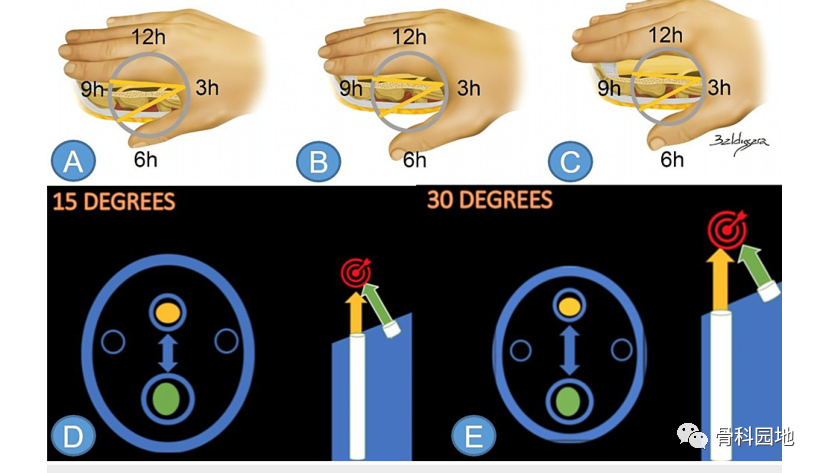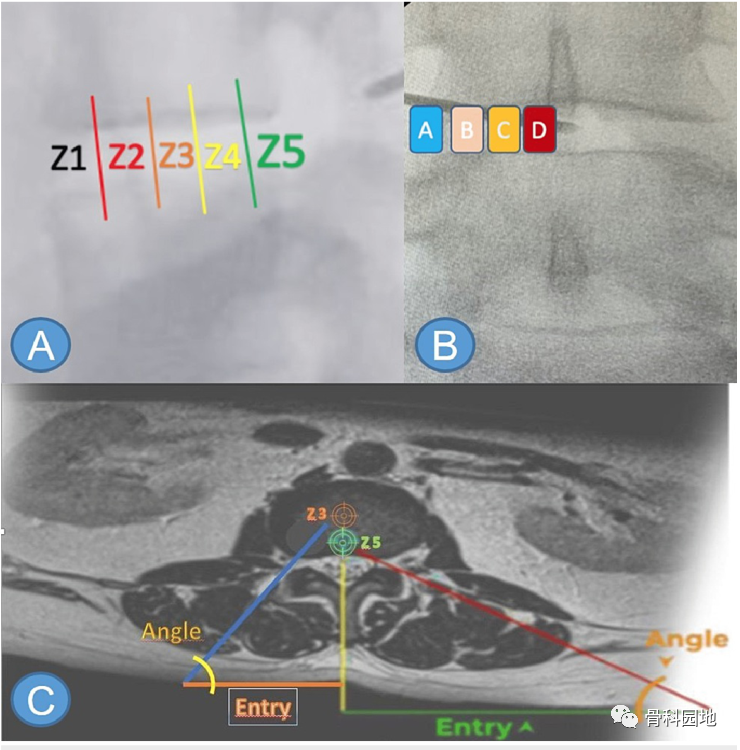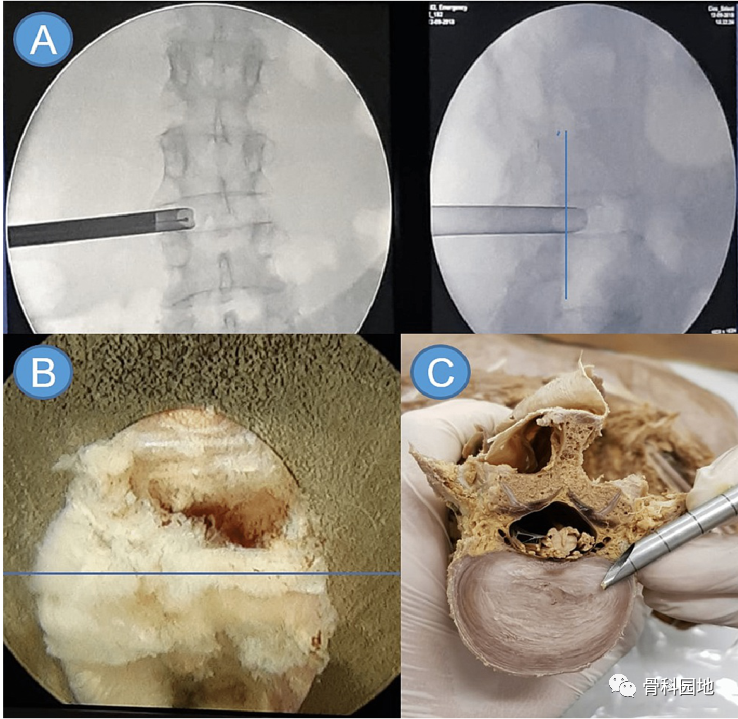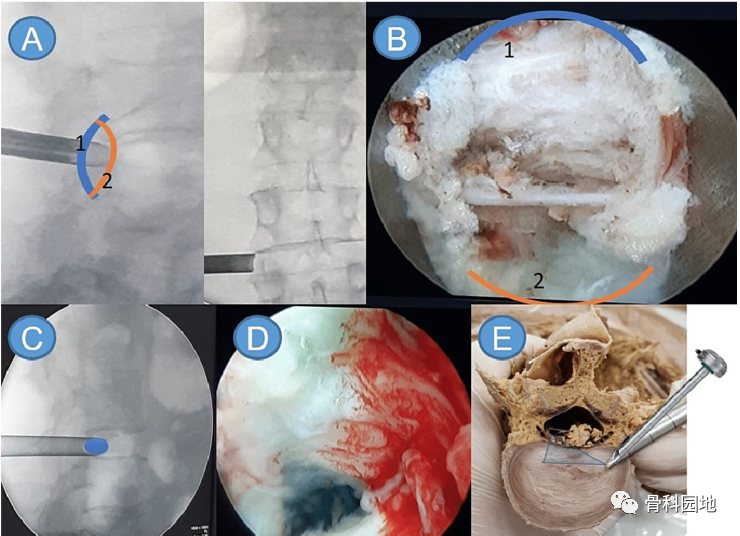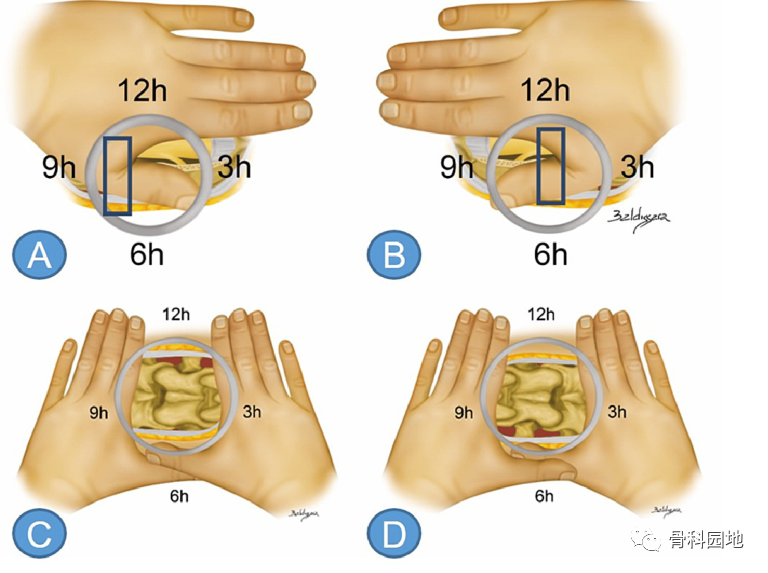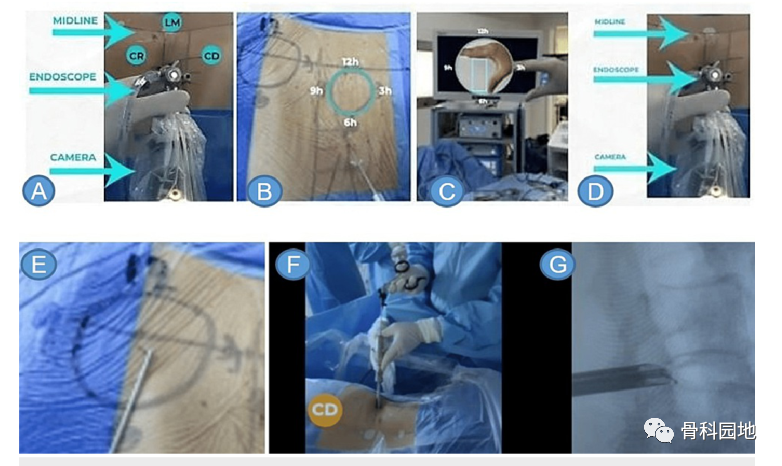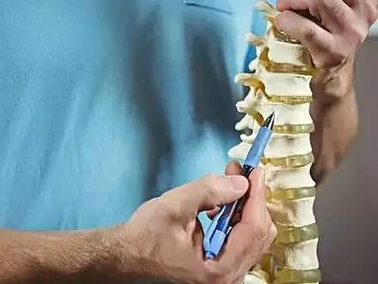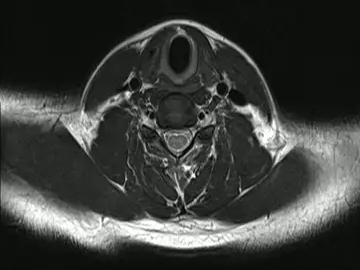参考文献:
1.Technique for facilitating closed reduction of difficult flexion type supracondylar humeral fracture in children
Doi:10.1097/BPB.0000000000001065
2.Supracondylar humeral fractures in children: current concepts for management and prognosis
Doi:10.1007/s00264-015-2975-4
Double joystick technique – a modified method facilitates operation of Gartlend type-Ⅲ supracondylar humeral fractures in children
DOI: 10.1097/BPB.0000000000001083
4.Effect of fracture location on rate of conversion to open reduction and clinical outcomes in pediatric Gartlandtype III supracondylar humerus fractures
DOI: 10.14744/tjtes.2020.23358
5.Management of Supracondylar Humerus Fractures in Children:Current Concepts
J Am Acad Orthop Surg 2012;20:69-77
Failure analysis and recommendations for treatment of posttraumatic non‑unions of the distal humerus during childhood
Doi:10.1007/s00068-021-01613-3
Closed Reduction and Percutaneous Pinning in the Treatment of Humeral Distal Metaphyseal-Diaphyseal Junction Fractures in Children: A Technique Note and Preliminary Results
doi: 10.3389/fped.2021.670164
The Use of a Joystick Technique Facilitates Closed Reduction and Percutaneous Fixation of Multidirectionally Unstable Supracondylar Humeral Fractures in Children
J Pediatr Orthop Volume 33, Number 1, January/February 2013
The Outcome of Surgical Treatment of Multidirectionally Unstable (Type IV) Pediatric Supracondylar Humerus Fractures
(J Pediatr Orthop 2015;35:600–605)
Learning Curve of Closed Reduction and Internal Fixation for Supracondylar Fractures of the Humerus in Children
doi: 10.3389/fped.2022.945616
11.The Role of Patient Position in the Surgical Treatment of Supracondylar Fractures of the Humerus: Comparison of Prone
and Supine Position
Doi:10.3390/medicina59020374
Sagittal plane alignment affects the strength of pin fixation in supracondylar humerus fractures
Doi:10.1097/MD.0000000000026173

